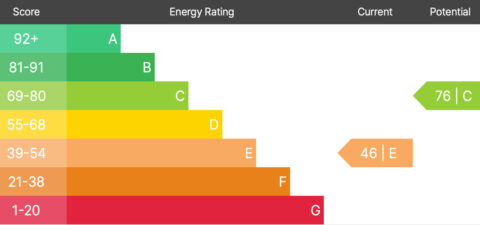Carbon Trust
Set up by government in 2001 as an independent company, the Carbon Trust's mission is to 'accelerate the move to a low carbon economy by working with business and the public sector to reduce carbon emissions and develop commercial low carbon technologies'. They offer advice, run events and produce publications as well as funding the development and deployment of low carbon technologies, and unusually for a government funded body, they can offer venture capital funds - in this case in the early-stage low carbon technology sector. In addition, the Carbon Trust finances a number of loan funds - including an interest-free loan for small and medium sized enterprises for energy-efficient equipment.
The Carbon Trust has a three stage approach to reducing businesses' carbon emissions: firstly increasing energy efficiency and reducing direct carbon emissions-, secondly by identifying and reducing carbon emissions in the supply chain and when the first two have been maximised where relevant by considering offsetting the remaining emissions through a valid and additional source.
The Carbon Trust have five complimentary areas: Insights - explaining the issues and opportunities surrounding climate change and carbon reduction, Solutions - working with business and the public sector to identify carbon emissions and find ways of cutting them; and providing the knowledge and resources (including funding) to help them do so. Innovations - Helps develop commercially promising low carbon technologies through partnerships, funding, expert advice and large-scale demonstrations, Enterprises - Carbon Trust Enterprises is a wholly owned subsidiary of the Carbon Trust, and through the development of low carbon businesses supports the Carbon Trust's objective of making the business case for climate change, and finally Investments - Carbon Trust Investments finances emerging clean energy technology businesses that demonstrate commercial potential.
The Carbon Trust also set up the Carbon Label Company as a subsidiary company that labels products with their carbon footprint embodied in a product in bringing it to the shelf, as well as acknowledging a commitment to reduce that footprint over a specified period. Examples of products featuring their carbon footprint in the UK are Walkers Crisps.
A Carbon Reduction Label shows you the amount of CO2 and other greenhouse gases emitted as part of a product's manufacture, distribution, use and disposal otherwise known as its carbon footprint. Greenhouse gases (GHGs) are so called because they trap heat in the Earth's atmosphere and help keep the planet warm enough to sustain life. The main gases are Carbon Dioxide (CO2), methane and nitrous oxide.









